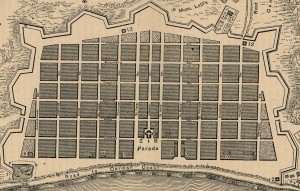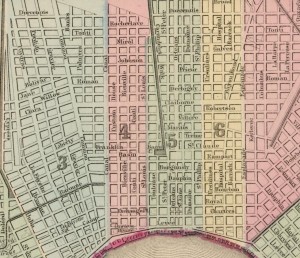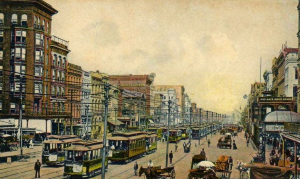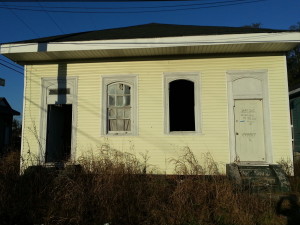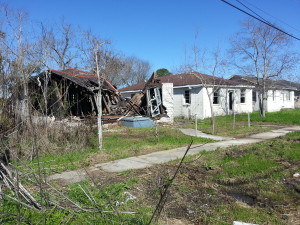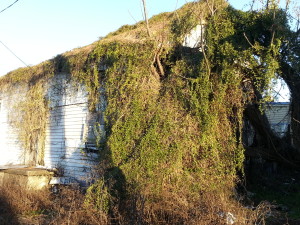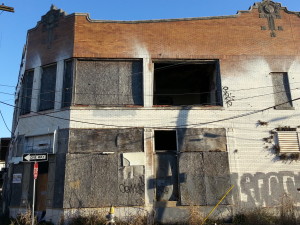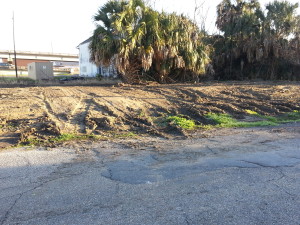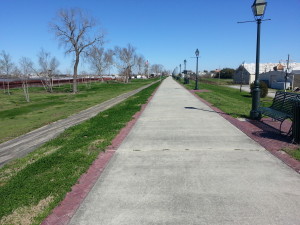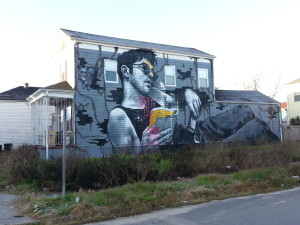This city has its beginnings as a French fort, founded in 1701. It was designed from the beginning as an outpost for the Kingdom of France to extract resources, primarily fur, from the New World.
This city was founded on a river, with tracts of land set up in “ribbons” extending from the river into the wilderness. These boundaries were set perpendicular to the river and roadways later developed on the boundaries.
Fast-forward and this city became a boom town. It was growing rapidly in the early 1900’s and was at the forefront of modern amenities, including a vast network of streetcars.
Fast-forward another 100 years – The population has grown incredibly and declined rapidly. In the last 10 years (2000-2010), the city has lost nearly 30% of its population and now contains levels last seen sometime between 1910 and 1920. It now has one of the highest poverty rates, has a top 5, 33% obesity rate, and is within the top 3 for highest crime.
This city has countless abandoned homes that are repeatedly looted. They’re constantly being scrapped and are often inhabited by squatters.
This city has collapsed homes, vacant homes, and intact homes, often in close proximity to each other.
This city is living proof that nature will overtake the human civilization if left unchecked.
This city has hundreds, if not thousands, of vacant commercial buildings with collapsing roofs, broken windows, and extensive environmental contamination.
This city has massive efforts to clear out the blight, but struggles with keeping up and has also not discovered an acceptable use of this newly vacant land.
This city is coming back. It has newly built trails along its main riverfront.
This city has a new undercurrent of creative people. People come to this city seeking an alternative lifestyle.
Believe it or not, this city is not Detroit. It’s New Orleans.
I decided to take a “Spring Break” with my girlfriend this year, and part of it included a few days in New Orleans. Strangely enough, we wanted to see both the vibrant French Quarter and the decimated Lower Ninth Ward. We very much felt at home. The dense and historic French Quarter was similar to Greektown and parts of the riverfront. The Lower Ninth Ward felt like the majority of Detroit between the dense Downtown/Midtown areas and the pseudo-suburban fringe neighborhoods – and it made me think.
New Orleans had a huge natural disaster. It took one of the most intense hurricanes EVER to take the city to its knees. It has entire neighborhoods erased, and caused a mass exodus of people and money. Detroit had many huge man-made disasters. It too has been brought to its knees and now needs to rebuild.
New Orleans has reinforced its defenses. Buildings have been raised up, levees have been rebuilt and strengthened, and new zoning rules has directed funds into specific neighborhoods. Detroit has similar plans.
But what is our levee? How do we build ourselves up and prevent a recurrence of the man-made disaster that has left the city in shambles? Of course it is complicated and the answer will have many parts. Shortly after Katrina, New Orleans consulted Detroit to determine how to begin the stabilization and clean-up process. Nearly 10 years later, I sincerely believe that Detroit has the opportunity to learn from New Orleans.
Take care, y’all.

